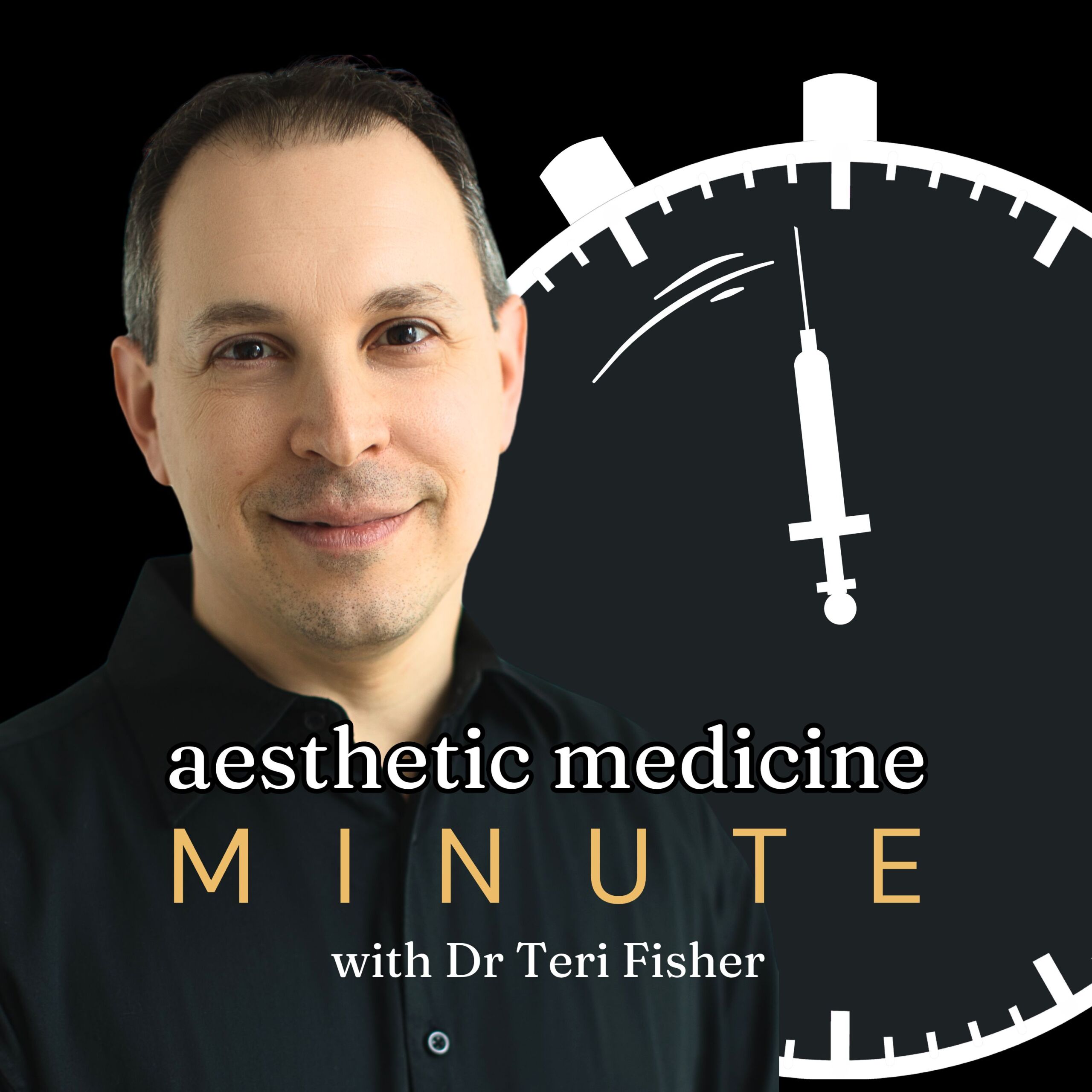
AMM 276: Merz Aesthetics: Revolutionizing Skincare with MAX and Partnerships
November 26, 2024
This episode delves into the evolving intersection of zinc and botulinum toxin formulations in dermatology and aesthetic medicine. Inspired by insights from Umar Choudry of the University of Minnesota, the discussion explores how zinc could potentially enhance the effectiveness and stability of botulinum toxin treatments. The episode also examines zinc’s established roles in skin health, its historical use in sun protection, and its role in wound healing. Listeners will gain an understanding of current research, the potential for new dermatological treatments, and the necessity for innovative exploration in dermatology and aesthetic practices.
Quick Takes
- Zinc could enhance botulinum toxin formulations in dermatology and aesthetic medicine.
- The integration of zinc in treatments may improve efficacy and stability, expanding innovation in cosmetic applications.
- Besides improving botulinum toxin treatments, zinc could also play a role in stabilizing dermatological products and aiding wound healing, offering broader applications in skin health.
Episode Transcript
On November 26, 2024, it’s worth exploring a fascinating development in the realm of dermatology and aesthetic medicine—specifically, the potential role of zinc in enhancing botulinum toxin formulations. This intriguing idea, highlighted by Umar Choudry, Associate Professor and Chief of Plastic and Reconstructive Surgery at the University of Minnesota, promises to expand the horizons of cosmetic and clinical applications.
Zinc is well-known for its vital functions in skin health, including morphogenesis, regeneration, and protection. While it has long been utilized in dermatological products and supplements, its integration into botulinum toxin treatments is relatively unexplored. Incorporating zinc could improve the efficacy and stability of these treatments, offering a new avenue for innovation in aesthetic medicine. Emerging patents suggest that zinc could extend the therapeutic effects of botulinum toxin, although current studies on oral zinc supplements show mixed results, indicating a need for further rigorous research.
In addition to potential enhancements in botulinum toxin treatments, zinc’s promising roles in stabilizing dermatological products and aiding wound healing underscore its broader applications. Its historical use in sun protection and treatment of various skin conditions affirms its significance. As the aesthetic medicine field evolves, understanding and optimizing zinc concentrations and delivery methods could open up new pathways for dermatological advancements. This calls for forward-thinking research to bridge gaps in existing literature and transform how we approach skin treatments.
